Tracks visual acuity results to diagnosis codes
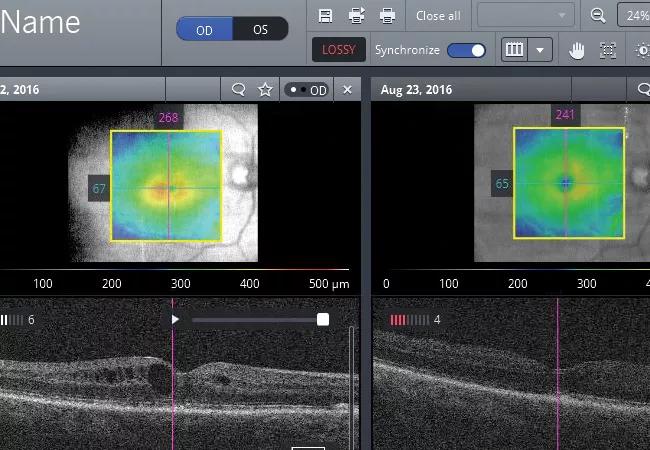
Cleveland Clinic is a non-profit academic medical center. Advertising on our site helps support our mission. We do not endorse non-Cleveland Clinic products or services. Policy
In ophthalmology, patients often see multiple specialists over many years. Our field also utilizes tests and treatments at a high frequency, often in a single visit. All of these factors contribute to an enormous amount of data that we must review to make informed clinical decisions. In short, data overload makes caring for medically complex patients particularly difficult in our field. In addition, billing staff do not often collaborate with patient care staff and thus do not always know what services and procedures the patient received.
At Cole Eye Institute, our customized tools within the electronic medical record (EMR) help coordinate patient care, track clinical outcomes, inform physicians on best practices, and prevent erroneous medical billing.
Features include:
Our customized EMR benefits both clinicians and patients. Future versions will offer additional clinical decision support tools that will further increase the quality of care provided to our patients.
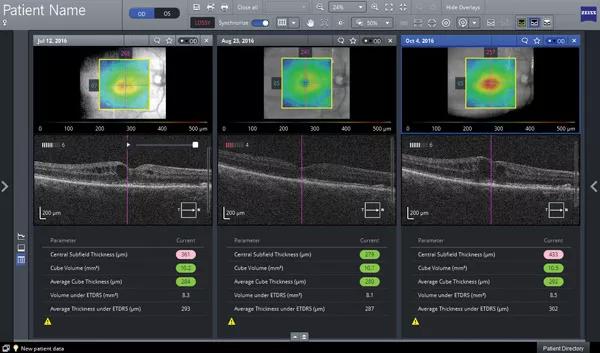
Figure. Our physicians use an advanced ophthalmic imaging platform which collates information on patient anatomic changes from multiple visits on one easy-to-read screen. This allows quick observation of longitudinal changes and faster decision-making regarding treatment.
Dr. Singh is Medical Director, Clinical Systems Office, and staff in the Cole Eye Institute

New codes go into effect in October

Electronic medical records aid communication, treatment
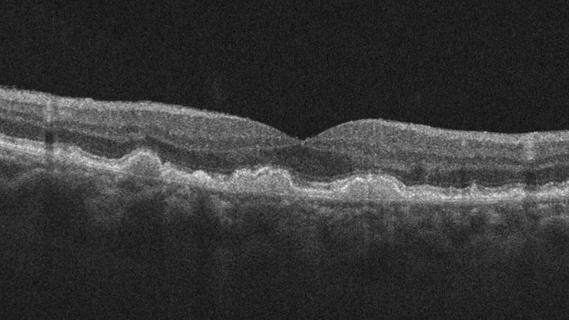
Early data shows risk is 73% higher in patients with lupus, 40% higher in patients with rheumatoid arthritis

Identifies weak spots in the cornea before shape change occurs

Study highlights the value of quantitative ultra-widefield angiography
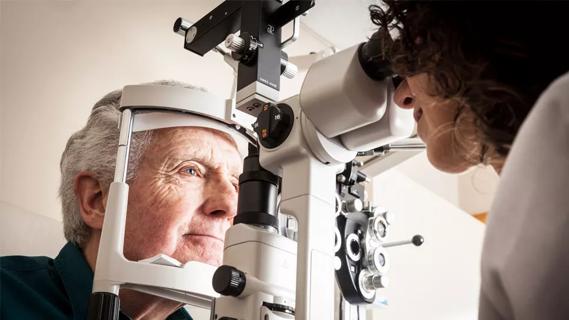
Switching medications may decrease treatment burden and macular fluid

Interventions abound for active and stable phases of TED
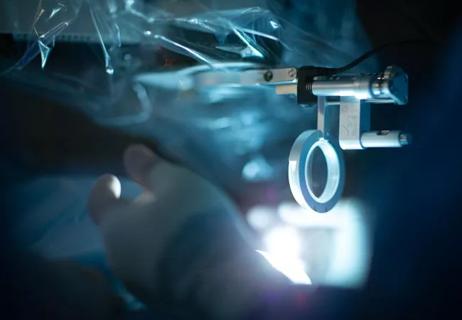
Corneal imaging and interpretation play a major role